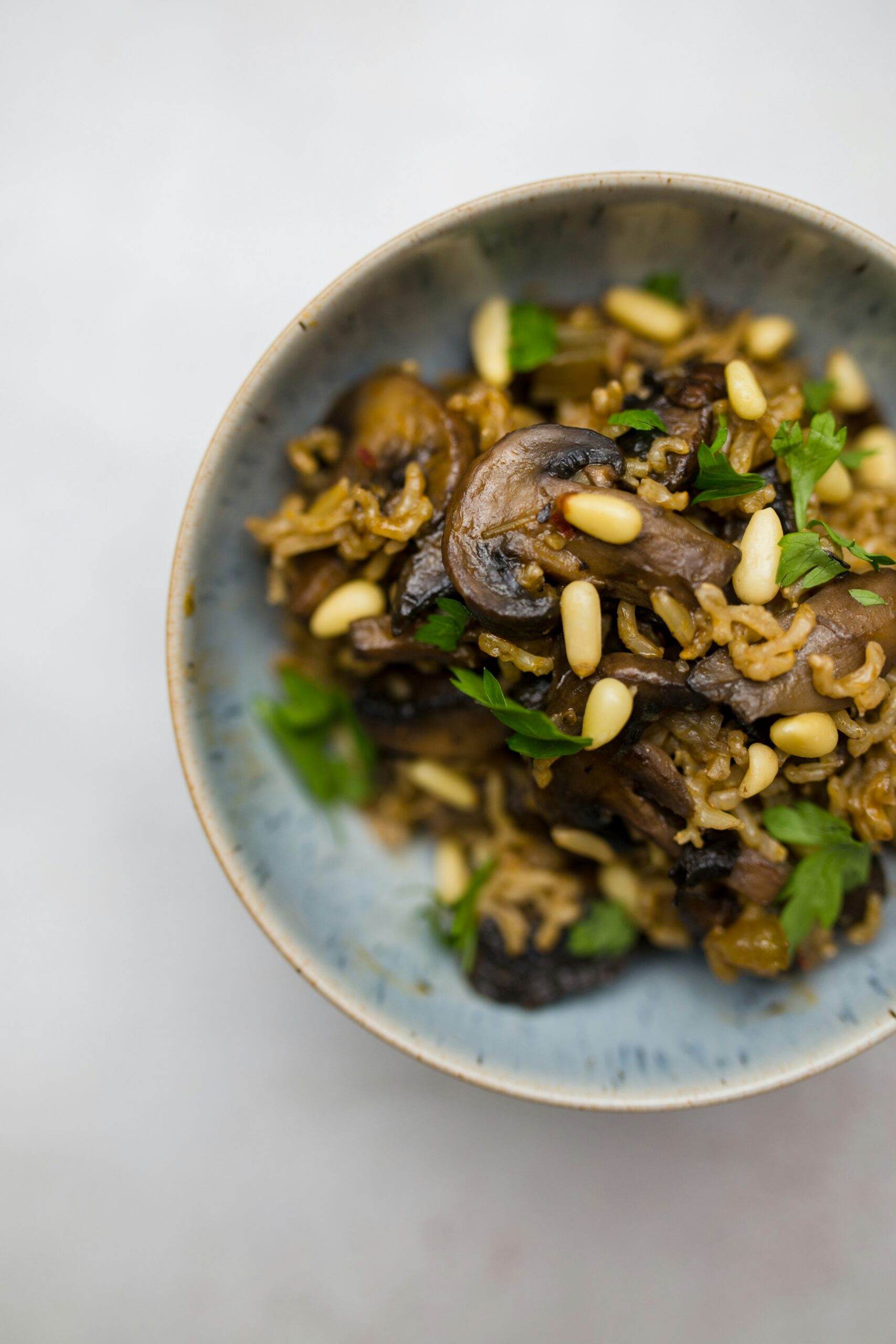

Introduction to Herbal Cuisine
Imagine walking through a vibrant garden, where the aroma of fresh herbs dances in the air. Each leaf and petal holds secrets of flavor and wellness, waiting to be unlocked in your kitchen. Herbal cuisine is more than just food; it’s a journey into nature’s pantry. As we explore this culinary world, we’ll uncover how cooking with medicinal plants can enhance both our dishes and our health.
In today’s fast-paced lifestyle, many are turning back to their roots—literally! These age-old practices reconnect us with ingredients that not only tantalize our taste buds but also provide numerous health benefits. So grab your apron and get ready to embark on an adventure where flavors meet healing powers. The wonders of herbal cuisine await you!
The History of Cooking with Medicinal Plants
Cooking with medicinal plants dates back thousands of years. Ancient civilizations recognized their power, blending flavors and healing properties seamlessly.
In Egypt, herbs like garlic and cumin were staples in both cuisine and medicine. The Greeks followed suit, with Hippocrates advocating for the use of nature’s bounty to treat ailments.
Meanwhile, traditional Chinese medicine emphasized a holistic approach. Ingredients like ginger and ginseng found their way into daily meals to promote wellness.
The Middle Ages saw an explosion of herbal knowledge across Europe. Monasteries became centers for cultivating and preserving these valuable plants.
As global exploration expanded culinary horizons, spices from distant lands entered kitchens worldwide. Each culture adapted its local flora to create unique dishes that celebrated health alongside taste.
Today, this rich legacy continues as chefs reinvent old recipes using forgotten herbs or those recently rediscovered for their benefits.
Benefits and Risks of Using Medicinal Plants in Cooking
Cooking with medicinal plants offers numerous benefits. These herbs can enhance flavor while providing essential nutrients and therapeutic properties. For example, turmeric is known for its anti-inflammatory effects, while garlic has been linked to cardiovascular health.
However, there are risks involved as well. Not all medicinal plants are safe for everyone. Some may interact negatively with medications or cause allergic reactions in sensitive individuals. It’s crucial to research each herb thoroughly before incorporating it into your meals.
Additionally, the potency of these plants varies based on preparation methods and dosage. Using excessive amounts might lead to unintended side effects rather than health benefits.
Balancing taste and health requires awareness and moderation when cooking with these powerful ingredients. Understanding both sides empowers cooks to make informed choices in their culinary adventures.
Popular Medicinal Herbs Used in Cooking
When it comes to herbal cuisine, a few standout herbs deserve the spotlight. Basil is not only fragrant but also known for its anti-inflammatory properties. It adds depth to dishes and works beautifully in sauces and salads.
Another favorite is rosemary. This aromatic herb enhances flavor while acting as a powerful antioxidant. Try it with roasted vegetables or meats for an earthy taste that lingers.
Then there’s ginger, often used for its digestive benefits. Its warm spice elevates both sweet and savory dishes, making it incredibly versatile.
Don’t forget about cilantro! Popular in many cuisines, this herb offers detoxifying capabilities and pairs well with fresh salsas or garnishes.
Turmeric shines bright with its vibrant color and health-boosting curcumin content. Use it in rice dishes or smoothies for added warmth and wellness benefits. Each of these herbs brings unique flavors along with their medicinal qualities.
Incorporating Herbal Cuisine into Your Diet
Adding herbal cuisine to your meals can be both simple and rewarding. Start by experimenting with fresh herbs in everyday dishes. Basil, cilantro, and parsley are great choices that elevate flavor.
Try infusing oils or vinegar with herbs like rosemary or thyme for a new dressing twist. These infused ingredients can transform salads and marinades into something special.
Herbal teas are another easy way to incorporate medicinal plants into your routine. Chamomile or peppermint not only taste good but also offer soothing properties.
Don’t forget about soups! Adding herbs such as dill or sage enhances both aroma and health benefits when simmered slowly.
Be adventurous! Mix different herbs together to create unique blends that suit your palate. Each herb brings its own personality, so explore what resonates with you best. Enjoy the journey of discovering flavors while nourishing your body naturally.
Conclusion: Enhancing Flavor and Health with Herbal Cuisine
Herbal cuisine offers a delightful way to enhance both flavor and health in our meals. By incorporating medicinal plants into everyday cooking, we can elevate ordinary dishes while reaping the benefits of their wellness properties. The rich history behind these practices reminds us that food is not just sustenance but also a path to well-being.
As you explore this culinary world, you’ll discover how simple herbs can transform recipes and add layers of taste. Whether you’re using garlic for its immune-boosting qualities or basil for its soothing effects, each plant brings something special to the table.
Integrating herbal cuisine doesn’t have to be daunting. Start by experimenting with one or two herbs at a time in familiar dishes. Gradually expand your knowledge and palate as you become more comfortable with different flavors and their potential health benefits.
The journey into herbal cuisine is about discovery—finding joy in cooking while nurturing your body naturally. So go ahead, dive into your spice cabinet, experiment boldly, and enjoy every minute spent creating deliciously healthy meals packed with nature’s goodness.
